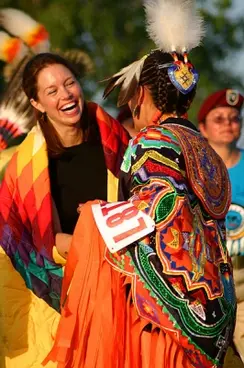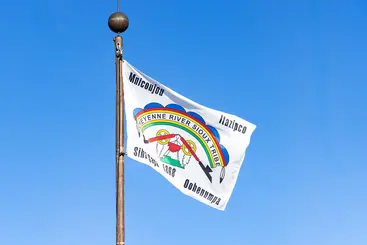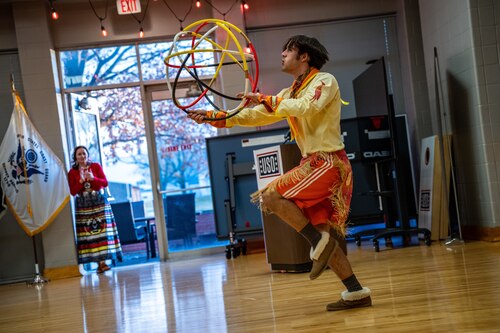South Dakota is a land of vibrant cultures and dynamic communities, where the strength of its people and the richness of its history intertwine with the promises of the future. Known for its picturesque landscapes and historical landmarks, South Dakota is also home to several federally recognized sovereign Native nations, each with unique identities and legacies. Among these are the Crow Creek Sioux Tribe and the Flandreau Santee Sioux Tribe, both of which have deep-rooted connections to the land and its history.
The Crow Creek Sioux Tribe is located in Buffalo, Hyde, and Hughes Counties, occupying a reservation that spans a substantial 125,000 acres. The tribal headquarters is situated in Ft. Thompson, South Dakota, and serves as the hub for a population of 2,176 with a tribal enrollment reaching approximately 4,600. The governance of the Crow Creek Sioux Tribe is maintained by the Crow Creek Sioux Tribal Council, which includes six council members who are elected every two years. This tribe holds a historical constitution approved on April 26, 1949.
Notable figures from the Crow Creek Sioux Tribe include Oscar Howe, an acclaimed artist who was honored as the Artist Laureate of South Dakota. His contributions to art are celebrated at the Oscar Howe Art Center in Mitchell. Additionally, Elizabeth Cook-Lynn, an author and editor of the ‘Wicazo Sa (Red Pencil) Review,’ hails from the Crow Creek Reservation. She is also recognized as a traditional dancer in the powwow circuit.

Flandreau Santee Sioux Tribe
The Flandreau Santee Sioux Tribe consists primarily of descendants from the Mdewakantonwan, part of the Isanti division of the Great Sioux Nation. Their reservation is located near the Big Sioux River in Moody County, South Dakota, an area chosen for its rich environmental resources. This tribe became formally organized under the Indian Reorganization Act of 1934, a testament to their resilient spirit and pursuit of self-governance.
Overcoming historical challenges, the Flandreau Santee Sioux Tribe has built a robust community with programs that cater to health, education, and economic development. Their health services are comprehensive, offering diabetes management, behavioral health, dental care, and long-term care options. In a progressive move, the tribe has also ventured into medical cannabis, offering specific program forms for community members.
South Dakota’s connection to its Native nations remains a significant aspect of its cultural and social fabric. Among the resources supporting this relationship is the South Dakota Department of Tribal Relations, which provides extensive information and resources for understanding and engaging with the Native nations residing in the state. The department emphasizes collaborations that acknowledge the sovereignty of these nations and foster their development.
With various sovereign Native nations such as the Cheyenne River Sioux Tribe, Lower Brule Sioux Tribe, Oglala Sioux Tribe, Rosebud Sioux Tribe, Yankton Sioux Tribe, and others, South Dakota serves as a central locale for cultural diversity and historical depth. The lands and people hold stories that are vital to understanding the state’s past and shaping its future.

Cheyenne River Sioux Tribe
The investment in great ideas and the people who power them in South Dakota and its neighboring regions, as well as the commitment to Native people and Native nations, are reflected in initiatives such as those spearheaded by the Bush Foundation. They emphasize collaboration and empowerment, offering resources that enhance community resilience and creativity across these lands. To learn more about the specific programs and commitments to Native nations, interested individuals can explore the Bush Foundation’s commitment to Native people and Native nations.
Understanding the culture and governance of these Native nations, such as the Sisseton Wahpeton Oyate and the Standing Rock Sioux Tribe, which span the border between North Dakota and South Dakota, is essential for fostering mutual respect and growth. Each nation has its own website offering more detailed histories and current initiatives, allowing for broader community engagement and awareness.
Through this nuanced perspective on South Dakota and its Native nations, we gain a deeper appreciation for the state’s role in preserving cultural heritage and fostering economic and educational advancement among its diverse communities.
